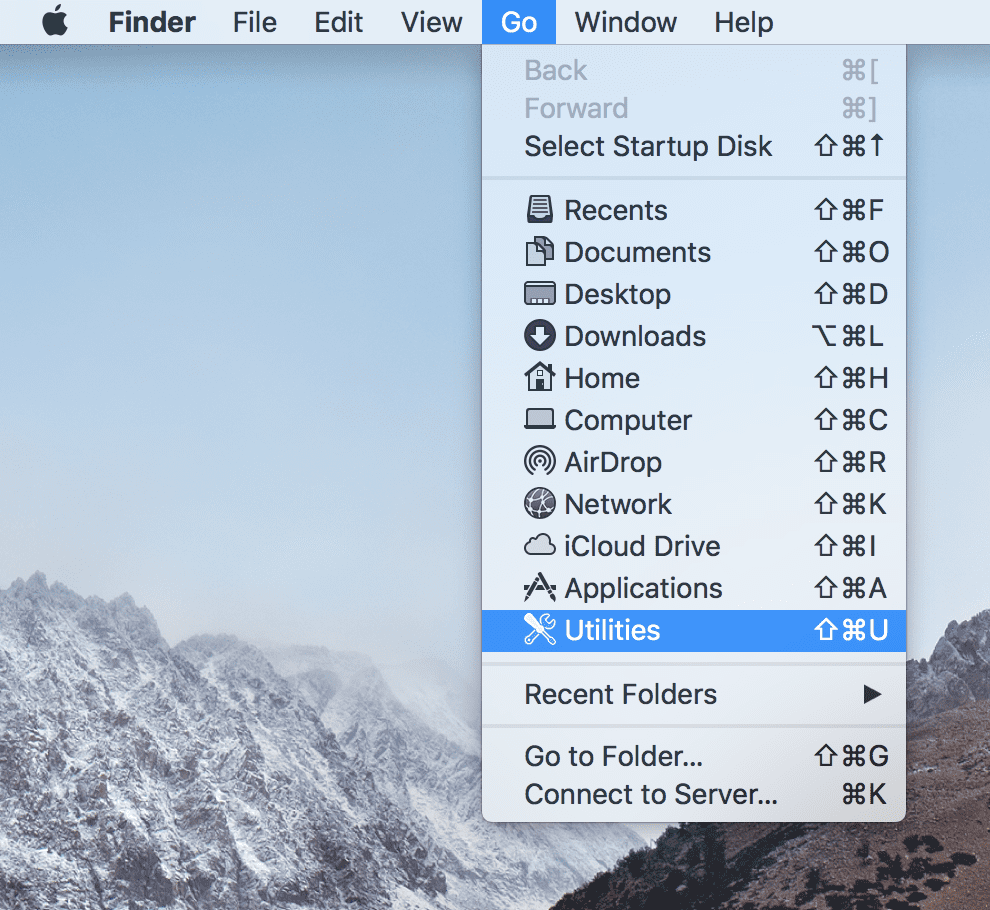Parallels For Mac Speed Up Network Proformance

Parallels Desktop 5 for Mac is shipping, including Aero support in Vista and Windows 7, a new Crystal mode for full Windows/Mac OS integration, OpenGL 2.1 acceleration in Windows and Linux, and more. Home Forums > Parallels Desktop for Mac > Windows Guest OS Discussion > Parallels 13 macOS Sierra High Windows 10 slow performance. Discussion in 'Windows Guest OS Discussion' started by PatrickG5, Oct 14, 2017. But the 5 to 6-minute boot up still took place. I unchecked the USB 3.0 box, and now it is flying again. Watch out for ReSharper which may be a source of performance degradation (Ultimate Guide to Speeding Up ReSharper). Running Mac OS X virtualized on Windows is a no go: you can only run Mac OS X inside a Mac OS X host on Apple hardware.
Speed Up Mac Free
I've asked this question on PD forum but I think there are more audiences here. Here the question comes:) I tried a simple google search and comes out nothing so I guess few have noticed about this potential issue that may make our VM perform slower than it could be. On modern Intel CPUs, there's a built-in technology Turbo Boost which turns the clock speed up while we're on some heavy work and returns to a low frequency when the work is done or the CPU is going to overheat due to bad cooling(or work on a higher clock speed for too long). Before I go into more detail, I'm testing(using) an MBP 2017 with this CPU 3.1GHz quad-core Intel Core i7, Turbo Boost up to 4.1GHz, with 8MB shared L3 cache When I'm using a Mac application, the turbo boost is always working. If I build a project in Android Studio, the CPU frequency goes up to 3.8GHz in my observation(don't know if it actually goes up to 4.1GHz, doesn't matter since it is at least boosted). However, when I'm on PD Win VM, even if I build a big project in VS which consumes almost all CPU on the VM and consumes around 50-60% of CPU on the Mac(I allocate 4 logic cores to VM which is the recommended setting), Turbo boost is not triggered, CPU is running constantly in a frequency of 2.2-2.5 GHz, rarely goes to 3GHz. Demonoid for mac free downloads.
I know this could be a difficult issue to solve as it involves a hardware technology(maybe Mac's CPU management as well) but if our VM can trigger Turbo Boost, our peak(period) performance can be boosted ~50%(the calculation is (3.8-2.5)/2.5). Any idea on this? The virtual CPU, that Parallels presents to the VM need not have (and most often will not have) all features, that the physical CPU of the host has. Turbo boost is one feature, that suffers quite often: In oder to make good use of it, the System must have a bird's eye view on what's happening on all cores of the CPU - a VM obviously doesn't have that. More generally: Whatever goes on in the CPU thermal management can not easily be done by a VM, but only by the host OS, as a VM lacks the knowledge to manage it.